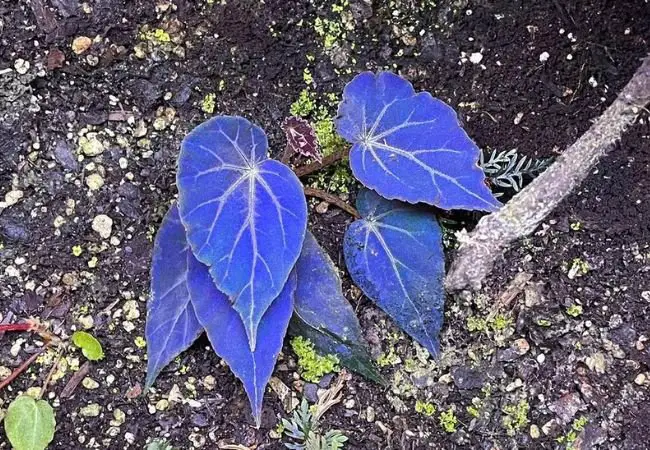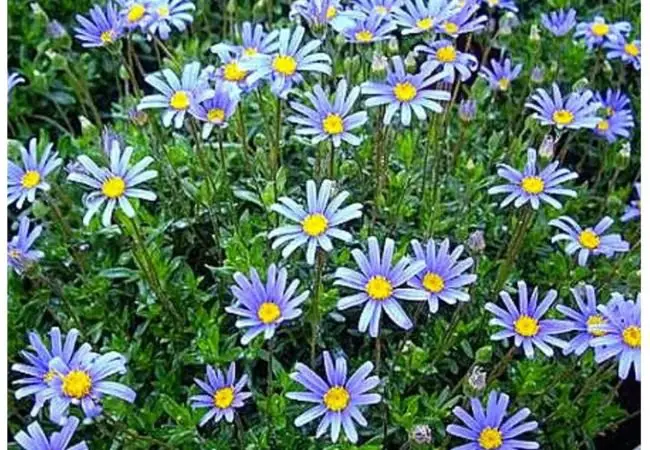Naturally blue leaf trees are extremely rare in nature. The most well-known examples include the Blue Spruce (Picea pungens) and the Blue Atlas Cedar (Cedrus atlantica ‘Glauca’). These trees aren’t truly blue but have a blue-tinted waxy coating on their needles that gives them a bluish appearance.
As a dendrologist with over two decades of experience studying rare and unusual trees, I’m excited to share my knowledge about naturally blue leaf trees. These botanical curiosities are not only visually striking but also offer unique opportunities for landscaping and conservation.
Understanding Blue Leaf Trees
The Science Behind Blue Leaves
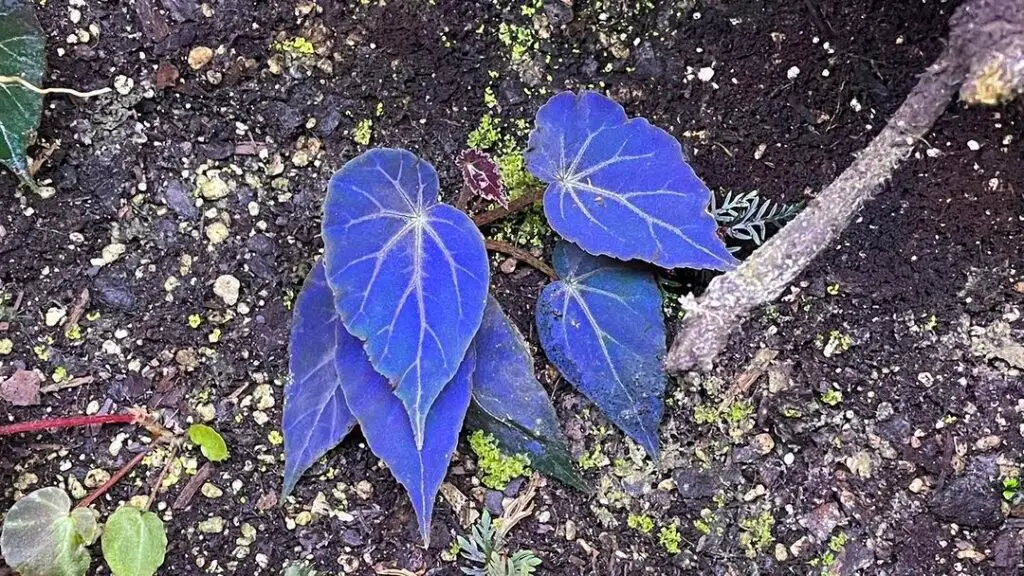
The blue coloration in trees is typically not due to blue pigmentation but rather a structural color caused by the way light interacts with the surface of the leaves or needles. This is often enhanced by a waxy coating that reflects light in a way that appears blue to our eyes.
For more information on structural color in plants, visit the Kew Royal Botanic Gardens’ article on blue plants.
Types of Blue Leaf Trees
Conifers
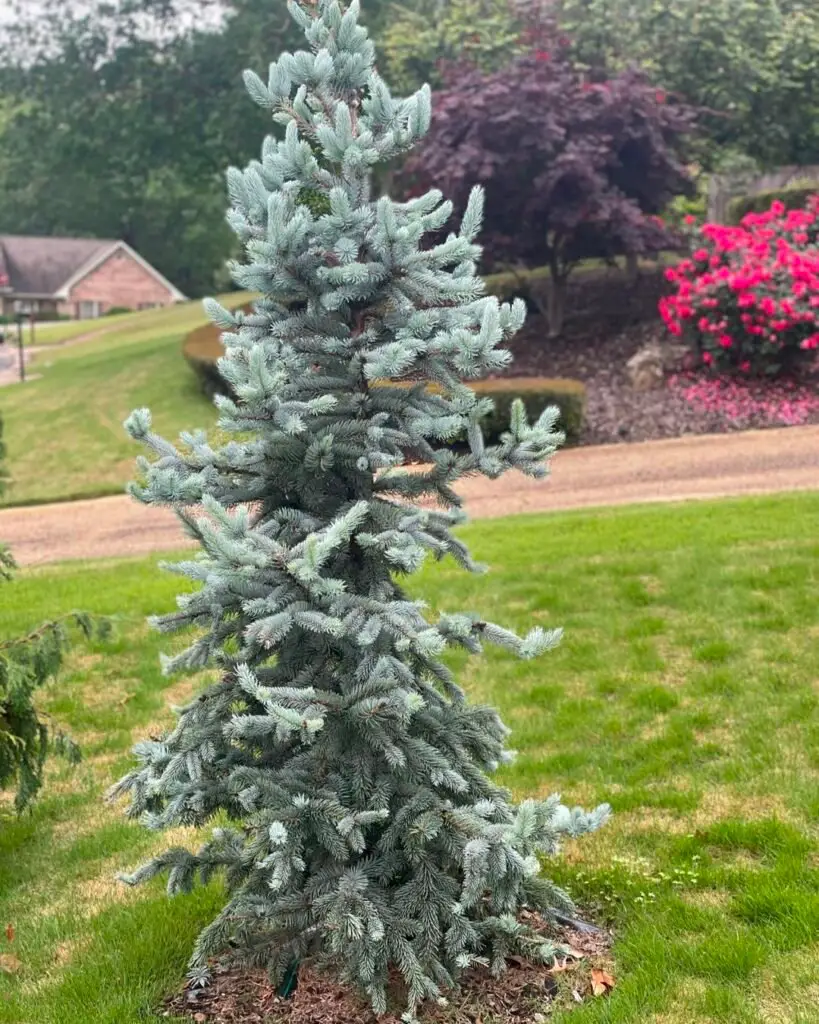
- Blue Spruce (Picea pungens)
- Blue Atlas Cedar (Cedrus atlantica ‘Glauca’)
- Blue Japanese White Pine (Pinus parviflora ‘Glauca’)
Deciduous Trees
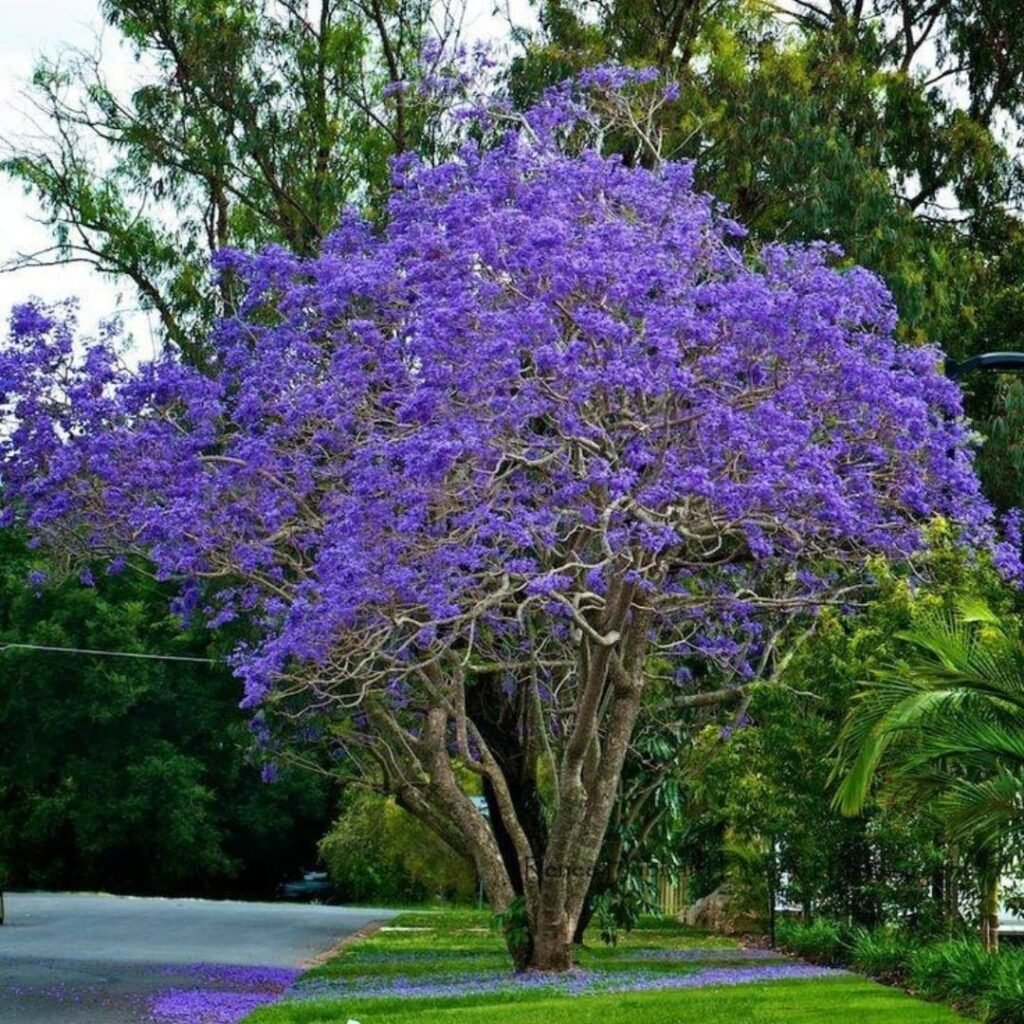
- Blue Jacaranda (Jacaranda mimosifolia) – more purple than blue
- Blue Leaf Beech (Fagus sylvatica ‘Purpurea Tricolor’) – has blue-tinted leaves among other colors
For a comprehensive list of blue-tinted plants, check out the Missouri Botanical Garden’s Plant Finder.
Growing Blue Leaf Trees
Climate and Hardiness
Most blue leaf trees prefer cooler climates and are hardy in USDA zones 3-7. However, some species like the Blue Jacaranda thrive in warmer zones 9-11.
Soil Requirements
Generally, blue leaf trees prefer:
- Well-draining soil
- Slightly acidic to neutral pH (6.0-7.0)
- Rich in organic matter
Sunlight Needs
Most blue leaf conifers require:
- Full sun to partial shade
- At least 6 hours of direct sunlight daily
For more details on growing conifers, visit the American Conifer Society’s growing tips page.
Care and Maintenance
Watering
- Water deeply and regularly during the first growing season
- Once established, most blue leaf trees are drought-tolerant
- Avoid overwatering, which can lead to root rot
Fertilizing
- Apply a slow-release, balanced fertilizer in early spring
- Avoid over-fertilizing, which can diminish the blue color
Pruning
- Prune in late winter or early spring before new growth begins
- Remove dead, damaged, or crossing branches
- Shape as needed to maintain desired form
For pruning techniques, check out Purdue University’s Pruning Ornamental Trees and Shrubs guide.
Landscaping with Blue Leaf Trees
Design Ideas
- Use as focal points in garden designs
- Create contrast with green-leaved plants
- Incorporate into rock gardens or xeriscape designs
Companion Plants
- Pair with plants with contrasting foliage colors like golden or burgundy
- Complement with plants that have similar cultural requirements
Conservation and Rarity
Many blue leaf trees are rare in their natural habitats. Conservation efforts are crucial for preserving these unique species.
For information on conifer conservation, visit the IUCN Conifer Specialist Group page.
Naturally blue leaf trees are fascinating botanical wonders that can add unique beauty to landscapes. While true blue leaves are extremely rare in nature, several species offer blue-tinted foliage that can create stunning visual effects in gardens and natural settings. By understanding their specific needs and care requirements, you can successfully incorporate these rare and beautiful trees into your own landscape designs.
Remember that the intensity of blue coloration can vary depending on factors like sunlight exposure, soil conditions, and overall plant health. With proper care and placement, these trees can become magnificent focal points in any garden or landscape setting.
For more in-depth information on rare and unusual trees, visit the Arbor Day Foundation’s Tree Guide.
For more gardening tips and plant care guides, visit usagardenhub.com.

